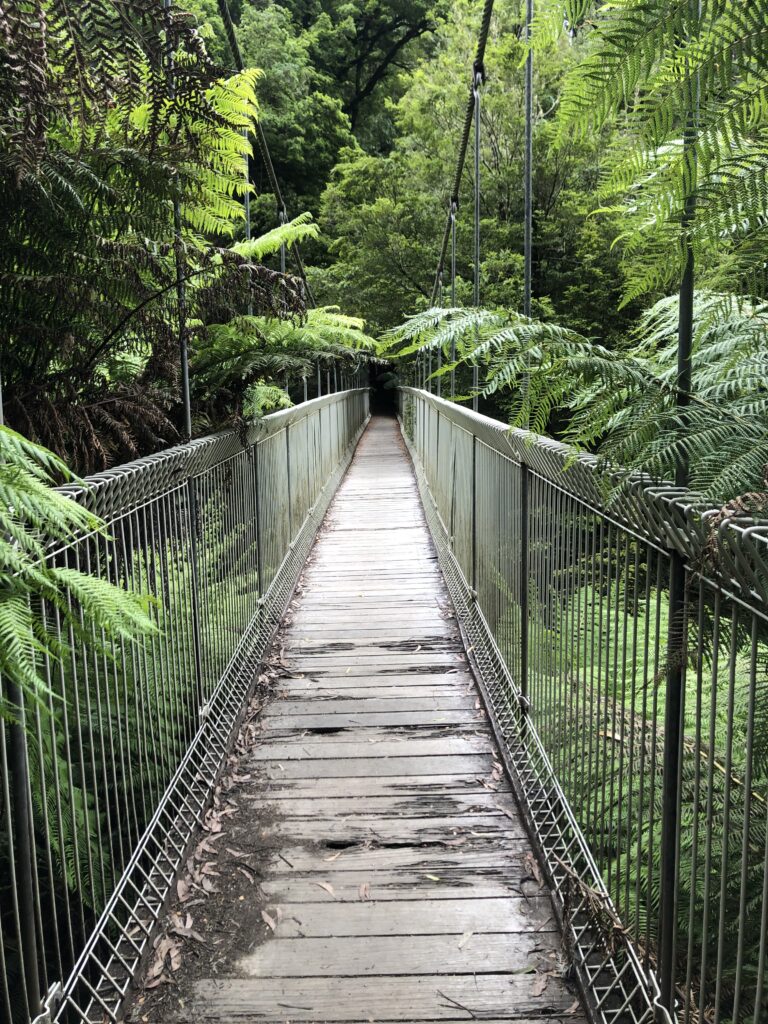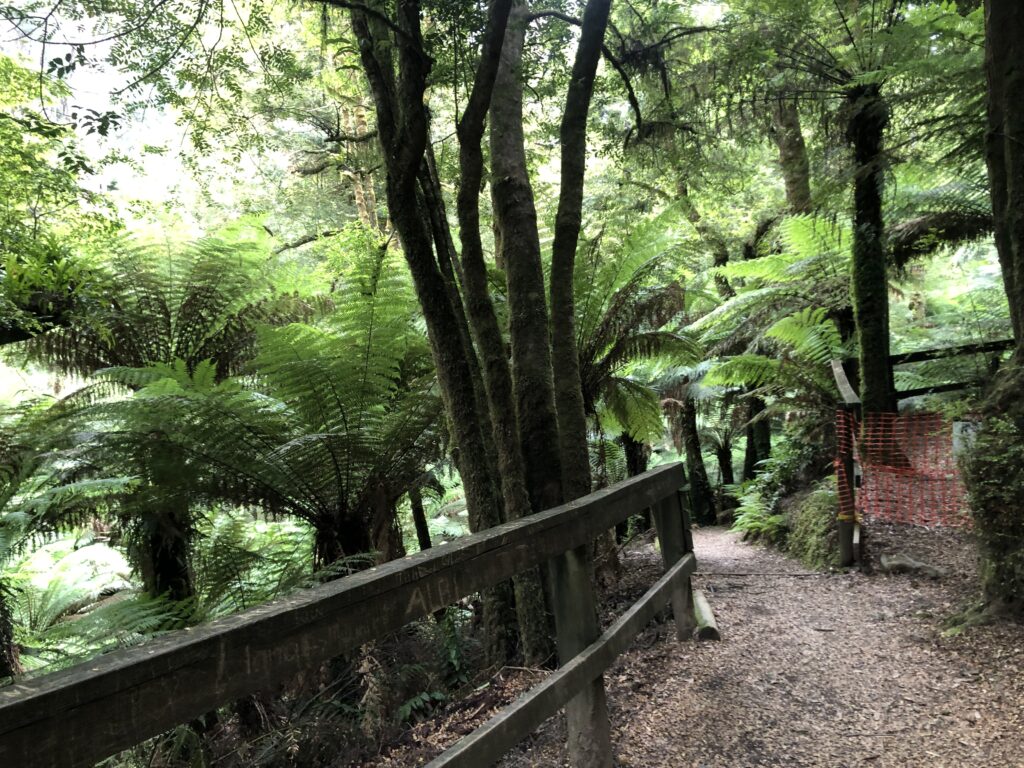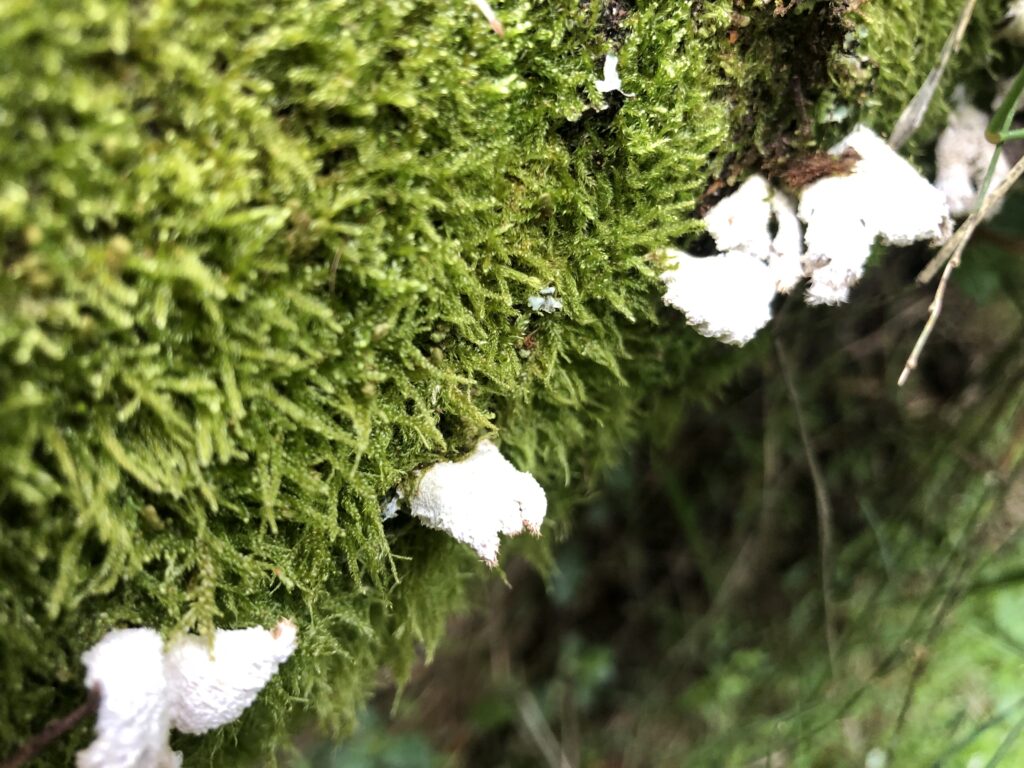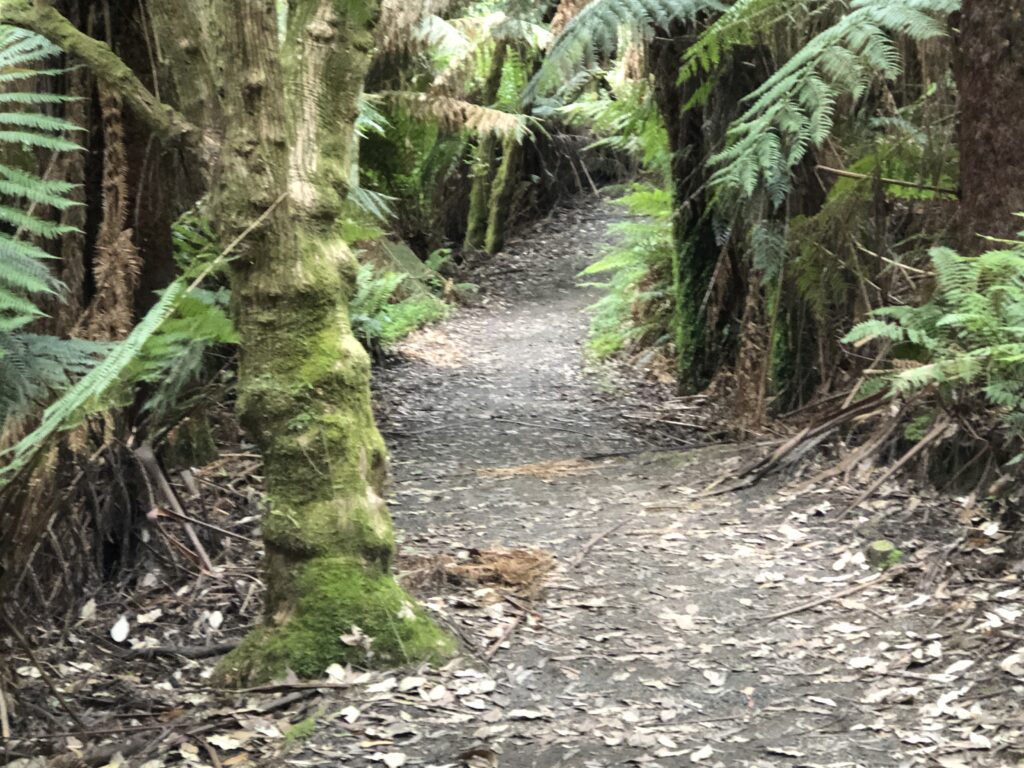Its taken me over 6 years learning , amending and improving the knots Ive come across.Ever since my first bushcraft course and I couldn’t remember how to do a bowline after many years of using knots in arboriculture and rescue work.Ive narrowed it down to just over 20 core knots for bushcraft. Not including climbing knots (another section entirely). With another hand full of secondary knots that are worth taking the time to understand. I hope this can be used as a cheat sheet for fellow bushcrafters interested in becoming more proficient with knots for their craft.
Core Knots
Friction knots
Taut Tarp hitch,midshipman’s hitch variation
Prusic, variation larks head
Lashings (Pole to Pole)
Square lashing
Diagonal lashing
Shear lashing
Round lashing
Tripod Lashing
Uses
Square lashing – binds two poles together at a 90 degree angle such as in a ridge pole for a shelter or a ladder style pack frame.
Diagonal lashing – braces a rigid structure roycroft pack frame
Shear lashing – joins two poles together to form legs ie instead of three legged tripod only two legs for a tree less tarp set up.
Round lashing – securing two poles together to form an end join as in to extend a pole for a longer saw handle.
Tripod Lashing – as name suggests for making a tripod
Hitches (Cordage to Pole)
Half hitch
Truckers Hitch (Improved)
Clove hitch variation with stop knot lock, with half hitch lock on side, spar hitch, picket line or ground line hitch, constrictor with slip ends
Siberian hitch
Timber hitch
Marlin spike hitch
Round turn and two half hitches variation anchor hitch, double turn and two half hitches
Knots (cordage to Cordage)
Overhand knot, variation double overhand stop knot
slip knot
Fishermans variations double fishermans,tripple
Bowline – yosemite, double, scotts lock, bowline in a bight, twin bowline.
Sheet bend variation double sheet bend
Square knot
Whipping knot
Arbour knot or Canadian jam
Figure 8 standard or trace, inline, on a bight
Tarp corners
zip tie
Secondary knots (worth knowing)
Mechanical Advantage
Flip Flop Winch
Paring ladder
rope break
Fishing knots
Surgeons knot (also for bootlaces)
Trilene knot
Palomar knot
Snelling
Other
Panic knot
Post hitch
Alpine butterfly
Soft shackles
reever knot
Climbing knots would be another section
USES This is why I never fall into the question of which 5 knots? There are 7 just for a tarp.
Tarp knots
Siberian Hitch, Taut tarp hitch, prusic, truckers hitch, fishermans, bowline, sheetbend.
Siberian hitch or bowline for an ridgeline attachment point
taut tarp hitch for guylines
prusic to tension the apex points
fishermans to form the prusic
truckers to tension the ridgeline
sheet-bend in case you require lengthening the ridgeline
























